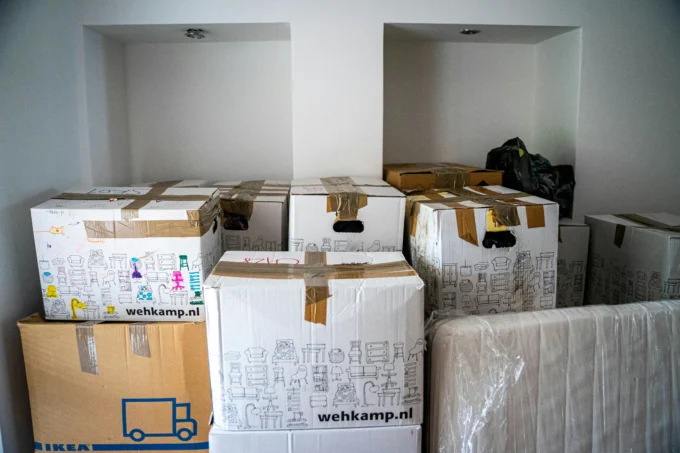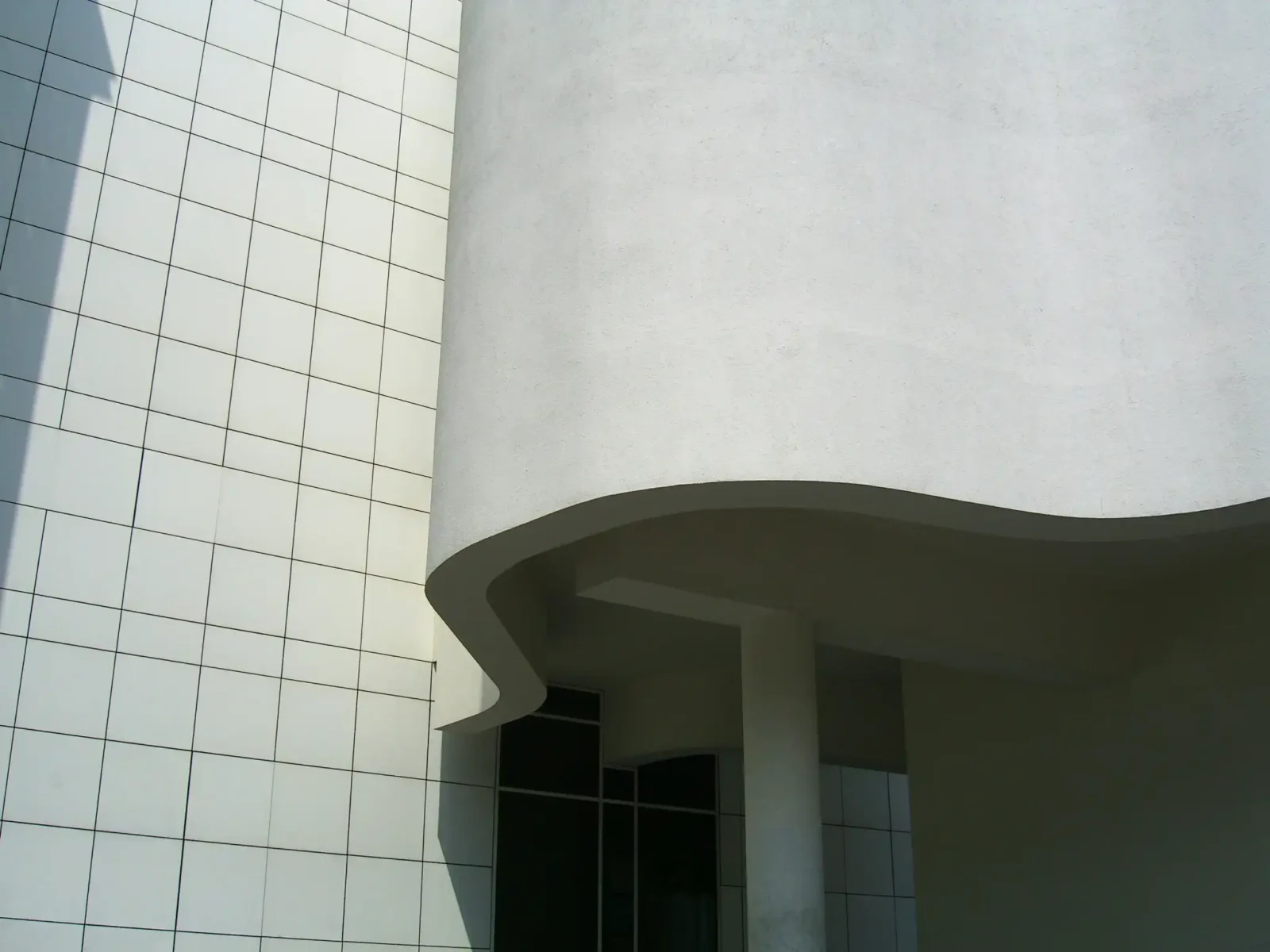- Home
- Articles
- Architectural Portfolio
- Architectral Presentation
- Inspirational Stories
- Architecture News
- Visualization
- BIM Industry
- Facade Design
- Parametric Design
- Career
- Landscape Architecture
- Construction
- Artificial Intelligence
- Sketching
- Design Softwares
- Diagrams
- Writing
- Architectural Tips
- Sustainability
- Courses
- Concept
- Technology
- History & Heritage
- Future of Architecture
- Guides & How-To
- Art & Culture
- Projects
- Interior Design
- Competitions
- Jobs
- Store
- Tools
- More
- Home
- Articles
- Architectural Portfolio
- Architectral Presentation
- Inspirational Stories
- Architecture News
- Visualization
- BIM Industry
- Facade Design
- Parametric Design
- Career
- Landscape Architecture
- Construction
- Artificial Intelligence
- Sketching
- Design Softwares
- Diagrams
- Writing
- Architectural Tips
- Sustainability
- Courses
- Concept
- Technology
- History & Heritage
- Future of Architecture
- Guides & How-To
- Art & Culture
- Projects
- Interior Design
- Competitions
- Jobs
- Store
- Tools
- More
Urban Design Innovations That Will Reshape Our Cities for a Sustainable Future
Explore how urban design innovations are transforming our cities into sustainable, livable spaces. This article highlights advancements in smart infrastructure, green spaces, and community-centric designs that enhance urban efficiency and promote well-being. Discover the role of technology in improving mobility, fostering connections, and engaging residents in shaping their environments.

As we navigate the complexities of modern urban living, innovative design is becoming crucial in shaping our cities for the future. From smart infrastructure to sustainable green spaces, these advancements promise to enhance our quality of life while addressing pressing challenges like climate change and population growth.
We’re witnessing a transformation in how urban spaces are conceived and utilized, driven by technology and a renewed focus on community well-being. These innovations not only improve efficiency but also foster a sense of belonging and connection among residents. Join us as we explore the groundbreaking urban design innovations that are set to redefine our cities and create environments where we can thrive.

Table of Contents
ToggleOverview of Urban Design Innovations
Urban design innovations transform how we experience and interact with city environments. Advancements in smart infrastructure enhance urban efficiency and sustainability, utilizing technology to capture and analyze data. It allows for adaptive responses to real-time needs, ultimately improving our daily lives.
Sustainable green spaces play a crucial role in urban design, providing essential ecological benefits. They filter air, manage stormwater, and promote biodiversity. Integrating parks, green roofs, and community gardens helps mitigate urban heat and fosters a healthier atmosphere.
Mobility innovations, including electric vehicles and improved public transit systems, reshape how we navigate urban landscapes. Designing walkable neighborhoods encourages active transportation, reducing reliance on personal vehicles. This shift creates more vibrant, accessible spaces.
Smart buildings utilize energy-efficient materials and self-regulating systems to reduce energy consumption. These structures adapt to environmental changes and enhance occupants’ comfort and safety.
Public engagement platforms contribute to urban design by incorporating citizen feedback. They create spaces that resonate with community values, fostering social connections and supporting local cultures.
Overall, urban design innovations focus on resilience, sustainability, and inclusivity. They lay the foundation for thriving, interconnected cities that prioritize quality of life and environmental health.
The Role of Technology in Urban Design
Technology plays a crucial role in shaping urban design, driving advancements that enhance functionality and sustainability in our cities.

Smart City Solutions
Smart city solutions integrate technology into urban infrastructure, optimizing resources and improving service delivery. Sensors and IoT (Internet of Things) devices collect data on traffic patterns, environmental conditions, and public health. For example, traffic management systems use real-time data to minimize congestion, while smart waste management systems monitor bin levels for efficient collection. These innovations promote efficient energy use, reduce emissions, and enhance public safety, ultimately elevating residents’ quality of life.
Sustainable Materials and Practices
Sustainable materials and practices are vital for reducing the ecological footprint of urban design. Green building techniques utilize recyclable, renewable, and non-toxic materials to minimize environmental impact. For instance, structures using bamboo or reclaimed wood contribute to lower resource consumption. Additionally, practices like rainwater harvesting and green roofs support local ecosystems by managing stormwater and enhancing biodiversity. By adopting these sustainable approaches, cities foster resilience against climate change and create healthier environments for future generations.
Green Spaces and Urban Nature
Green spaces play a crucial role in enhancing urban environments. They improve air quality, promote biodiversity, and provide residents with essential recreational areas. Innovative trends like vertical gardens and urban farming initiatives are reshaping how we incorporate nature into our cities.

Vertical Gardens and Green Roofs
Vertical gardens and green roofs offer effective solutions for urban greening. Vertical gardens, often seen on building exteriors, utilize vertical space to grow plants, improving air quality and reducing heat. Green roofs, installed on building tops, absorb rainwater, insulate buildings, and reduce urban heat islands. Studies show that green roofs can decrease energy costs by up to 30%. Cities like Paris and Singapore showcase these designs, promoting biodiversity and enhancing aesthetic appeal.
Urban Farming Initiatives
Urban farming initiatives transform underutilized spaces into productive gardens. These initiatives encourage community involvement, promote local food production, and reduce food miles. Research indicates that urban farms can increase food security by providing fresh produce to neighborhoods. Cities such as Detroit and New York City host various urban farms, fostering sustainability and enhancing community resilience. By integrating agriculture into urban landscapes, we not only support local economies but also create beautiful green spaces for all to enjoy.
Community-Centric Design
Community-centric design places the needs and values of residents at the forefront of urban planning. This approach fosters a sense of belonging, encourages social interactions, and enhances the overall quality of urban life.

Participatory Planning Processes
Participatory planning processes actively engage residents in shaping their environments. Workshops, surveys, and public forums invite community members to share ideas, preferences, and concerns. These platforms ensure that urban spaces reflect the unique identities and aspirations of neighborhoods. Successful examples include community gardens, public art, and localized infrastructure projects that emerge from collaborative input. This inclusivity builds trust between planners and residents while empowering individuals to influence their surroundings directly.
Mixed-Use Developments
Mixed-use developments combine residential, commercial, and recreational spaces to create vibrant neighborhoods. By integrating various functions within walking distance, these developments enhance convenience and reduce reliance on cars. For instance, a mixed-use project might feature apartments above retail shops, parks, and cafes. This design encourages social interactions, supports local economies, and promotes sustainable transportation options. Creating lively, interconnected environments transforms how residents experience their communities and fosters a sense of belonging.
Transportation Innovations
Transportation innovations significantly enhance urban mobility, addressing congestion and promoting sustainable travel options. These advancements create interconnected transport networks that prioritize accessibility and efficiency.

Electric and Autonomous Vehicles
Electric vehicles (EVs) contribute to reducing greenhouse gas emissions in urban areas, promoting cleaner air and quieter streets. By 2025, global sales of EVs may reach 10 million annually, reflecting increasing consumer demand and governmental incentives for eco-friendly transportation. Autonomous vehicles (AVs) further optimize urban mobility through advanced navigation systems, decreasing traffic incidents and enhancing road safety. Cities are beginning to implement dedicated lanes and infrastructure for AVs to maximize their benefits. Integrating EVs and AVs into urban environments fosters seamless connectivity, encouraging residents to embrace alternative modes of transport.
Enhanced Public Transit Systems
Enhanced public transit systems prioritize user experience and connectivity, making travel efficient and reliable. Cities are investing in rapid bus transit (RBT) systems that offer dedicated lanes and signal priority, reducing travel times and increasing ridership. For instance, cities like Los Angeles and Bogotá have integrated BRT systems that transport thousands of passengers daily. Additionally, advancements in real-time tracking and mobile applications provide riders with updated schedules and route information, improving overall convenience. Expanding access to light rail and subway systems also supports our goal of reducing car dependency while promoting sustainable urban living.
Conclusion
Urban design innovations reshape our cities into more livable and sustainable spaces. Smart infrastructure enhances urban efficiency, allowing cities to respond adaptively to real-time needs. Sustainable green spaces improve not just the environment but also the well-being of residents by promoting biodiversity and offering recreational areas.
Mobility innovations, such as electric vehicles and improved public transit systems, revolutionize urban navigation while reducing emissions. Walkable neighborhoods encourage active transportation and foster community connections.
Smart buildings utilize energy-efficient materials and self-regulating systems to lower consumption and enhance comfort. Engaging citizens in the design process ensures that urban spaces reflect community values, leading to more appealing and relevant environments.
Technology integrates seamlessly into urban settings, from smart traffic management to waste management systems, further improving public safety and service delivery. The adoption of sustainable materials and practices maximizes ecological benefits while reducing our cities’ carbon footprints.
Innovative strategies like vertical gardens and urban farming nurture local ecosystems and help transform urban landscapes. Community-centric design engages residents through participatory planning, creating neighborhood identities that resonate with their inhabitants.
Mixed-use developments contribute significantly to vibrant neighborhoods, combining various spaces within convenient walking distances. Transportation innovations, including electric and autonomous vehicles, enhance urban mobility while promoting sustainability.
Overall, these urban design innovations foster resilience, prioritize inclusivity, and lay the groundwork for interconnected cities focusing on improving our quality of life and environmental health.
- circular economy cities
- eco-conscious urban planning
- eco-friendly urban projects
- environmentally friendly cities
- future city architecture
- future of urban design
- green city planning
- innovative urban design
- next-gen city planning
- renewable energy urban projects
- resilient urban infrastructure
- smart city solutions
- smart urban design
- sustainability in urban design
- sustainable architecture
- sustainable city planning
- sustainable urban development
- sustainable urban innovations
- urban design innovations
- urban planning for sustainability
- urban sustainability projects
Submit your architectural projects
Follow these steps for submission your project. Submission FormLatest Posts
The Ultimate Guide to Fencing in North Dakota: Choosing the Best Fence for Your Property
Watching a chain link fence twist in 70 mph winds near Minot...
Gaudí: Where Architecture Meets Science
Gaudí: Where Architecture Meets Science shows catenary arches, ruled surfaces, and biomimicry...
How Housing Market Forces Shape Architectural Design Today
Architecture never exists in isolation. Buildings rise from a mix of ambition,...
Why Portable Formaldehyde Gas Detectors Matter on Construction Sites
As construction practices shift toward more enclosed and material-intensive environments, the risk...












Leave a comment